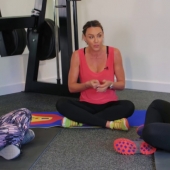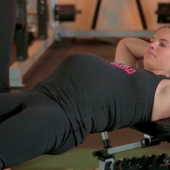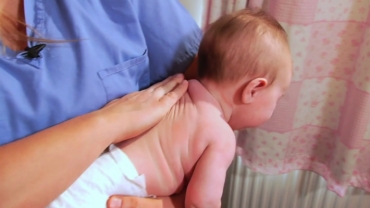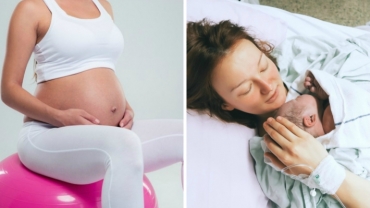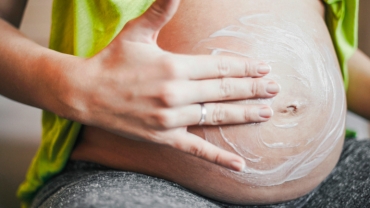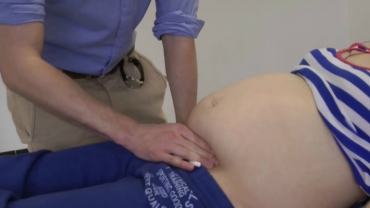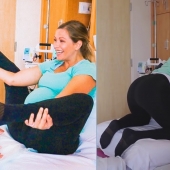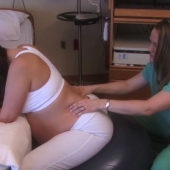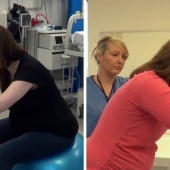Movement and positioning in labor work magic. Movement enhances comfort by stimulating the receptors in the brain that decrease pain perception. The result is that you are able to tolerate increasingly strong contractions.
When contractions become very strong, endorphins are released and pain perception decreases even more. Ultimately, your movement in response to your contractions decreases pain and facilitates labor – a win-win. Movement also helps the baby move through the pelvis, and some positions enlarge pelvic diameters.
The positions shown here facilitate the normal, natural process of labor. What position should you use? Follow your body. Move freely in response to what you feel. Your body will let you know just what position is best at every point in your labor.
Being active during the first stage of labor is thought to help labor progress. If you're well prepared and practice different postures and positions for labor during pregnancy, you will instinctively be able to use these during childbirth.
- 1726 views


